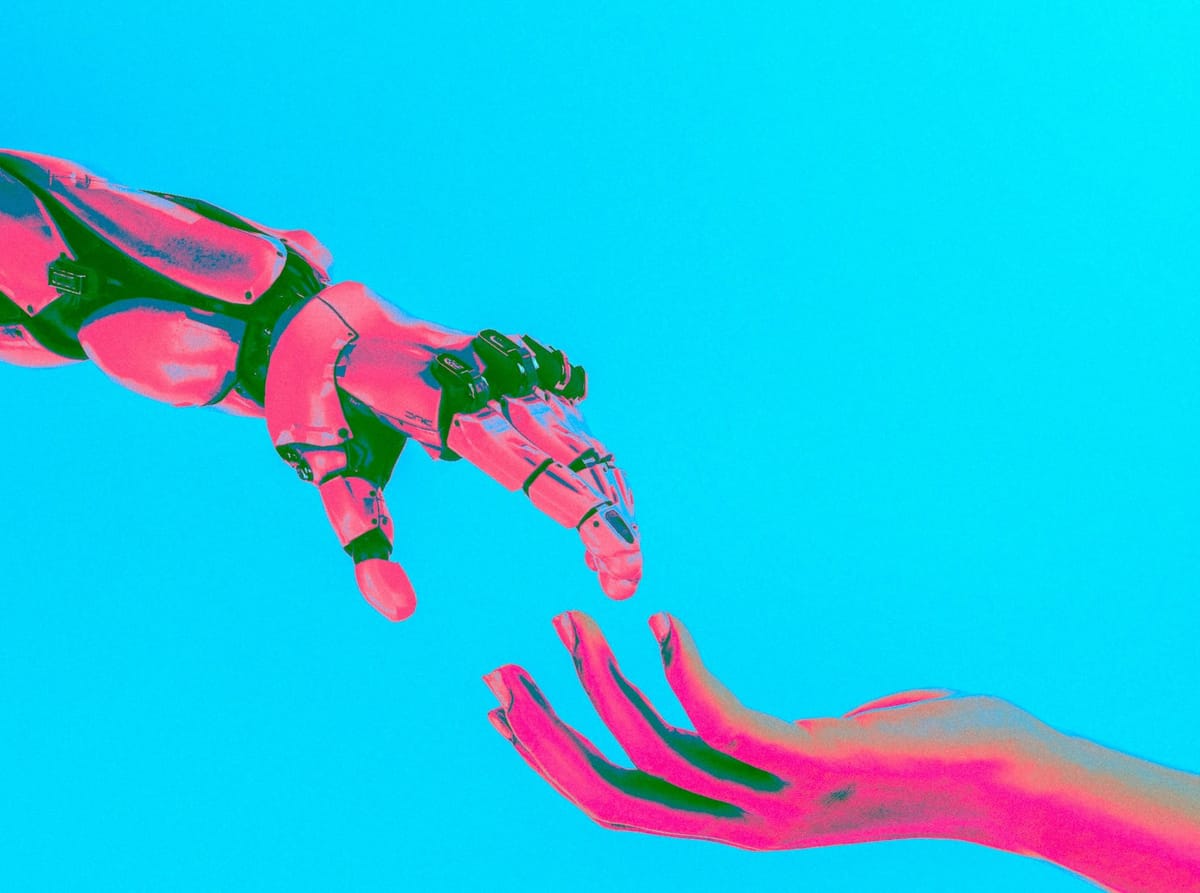The Virtue Virus: When AI Learns Morality from Flawed Human Data
AI learns ethics from us—but what if we’re the flaw in the system? Explore how AI inherits bias disguised as morality.

What happens when machines learn what’s right and wrong from a species that can’t agree on either?
As AI systems take on decisions once made by humans—moderating content, recommending punishments, or even choosing which job applicant advances—they must be trained on examples of ethical behavior. The catch? That behavior is ours. And it’s deeply imperfect.
Welcome to the Virtue Virus—where artificial intelligence learns morality from flawed, biased, and often contradictory human data.
Teaching Machines to “Do the Right Thing”
AI doesn’t come with built-in values. It mimics patterns, probabilities, and preferences pulled from data—millions of documents, online interactions, and historical decisions.
But history is messy.
For example:
- In the U.S., AI-based judicial tools like COMPAS were shown to disproportionately assign higher recidivism risk to Black defendants.
- Language models trained on internet text learned to associate male pronouns with leadership and female pronouns with appearance.
- AI content moderators have flagged LGBTQ+ support posts as “sensitive” while leaving hate speech untouched.
These aren’t bugs—they’re reflections of our collective blind spots, baked into the training sets.
When Bias Masquerades as Ethics
The problem isn’t just bad data—it’s bad morality disguised as neutral logic.
Much of AI “ethics” comes from the same sources that fuel its knowledge base: Reddit threads, Wikipedia edits, legal texts, product reviews, social media posts. And in these massive, messy datasets, virtue often gets distorted—or buried under popularity, virality, or historical precedent.
Worse, once baked into the model, these moral judgments become scalable. A flawed moral decision isn’t made once—it’s made millions of times per second, across platforms, users, and borders.
That’s how bias becomes a virus—transmissible, amplified, and nearly invisible.
Can We Debug Morality?
Researchers are trying.
Organizations like Anthropic, DeepMind, and OpenAI are working on value alignment and constitutional AI—methods to ground models in human-centered ethics. Others advocate for cultural pluralism in training data, algorithmic audits, and community governance of AI behavior.
But the challenge remains: Whose morality are we encoding? And who decides when the machine gets it “right”?
As long as AI learns from us, it inherits our contradictions—and reflects them back at scale.
Conclusion: Fix the Teacher, Not Just the Student
The Virtue Virus is a sobering reminder: AI doesn’t invent prejudice or moral failure. It learns it—from us.
If we want machines to be better, we must be better curators of what we call "ethical." That means not just writing better code, but holding up a mirror to the values we export—intentionally or not.
Because in training machines to be more moral, the toughest debugging job might be our own.


